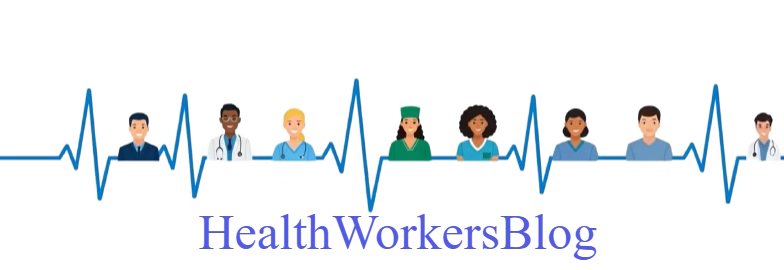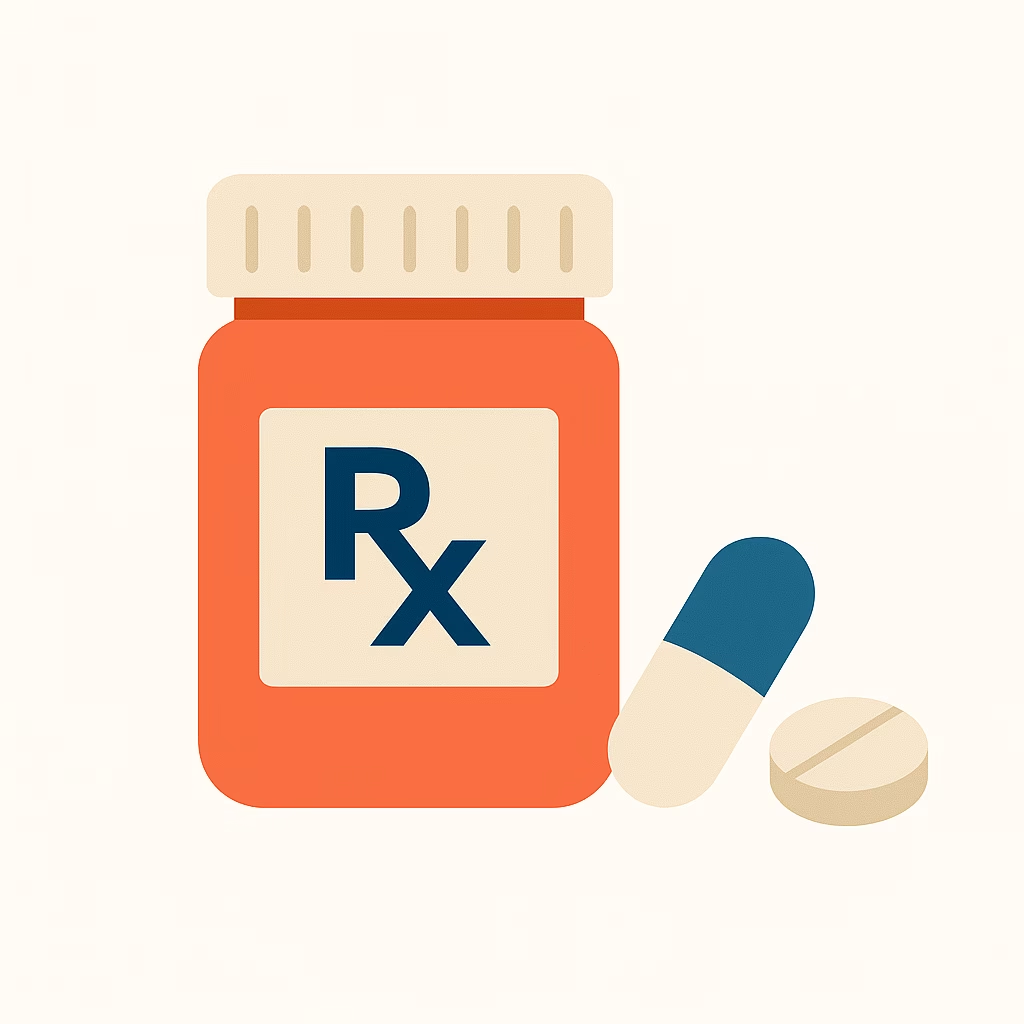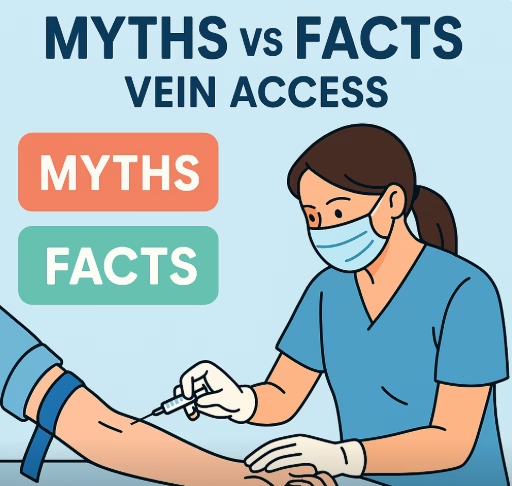Ward Snapshot — A True-to-Life Scenario
09:00 – Post-op patient Mrs K (68 y, day 3 after laparoscopic cholecystectomy) rings her bell. “I feel woozy.” A well-meaning staff member checks her obs: BP 100/60 mmHg, HR 96 bpm, afebrile.
09:02 – Thinking it’s “just a bit low,” the staff member says, “drink some water, so your blood pressure can come up.” No escalation.
11:05 – Call-bell again. Mrs K is pale, drowsy, clammy. BP 70/45 mmHg, HR 122 bpm. The Rapid Response Team rushes her to theatre, an intra-abdominal bleed is found and controlled.
The Healthcare Safety Investigation Branch lists delayed recognition of deterioration as a recurrent cause of avoidable death in UK hospitals. (hssib.org.uk)
Hydration & Blood Pressure: What the Science Actually Says
| Population | Water bolus | Typical systolic bump | Peak time | Source |
|---|---|---|---|---|
| Healthy adults | 350–500 mL | ≈ 2–5 mmHg | 25–30 min | pmc.ncbi.nlm.nih.gov |
| Adults ≥ 65 y | 500 mL | ≈ 10 mmHg | ≈ 30 min | pmc.ncbi.nlm.nih.gov |
| Severe autonomic failure | 500 mL | 15 – 40 mmHg | 5–10 min | pmc.ncbi.nlm.nih.gov |
Key take-home: in the vast majority of ward patients, a full glass of water nudges systolic pressure by only a few mmHg—and it does so slowly. It is no match for bleeding, sepsis or drug-induced vasodilation.
Why the “Water-First” Reflex Is Dangerous
- False reassurance
Mrs K’s initial 100/60 mmHg looked “borderline” yet was 30 mmHg below her pre-op baseline. Context, not the absolute number, matters. - Time lag
Water must reach the gut, be absorbed, expand plasma volume, then trigger the osmopressor reflex. Twenty-plus minutes (and temporary effect) is a lifetime for a patient who is actively bleeding. - Wrong aetiology
Oral fluids correct volume depletion, not blood loss, distributive shock, pump failure, or endocrine collapse. In those scenarios the rise is < 5 mmHg—clinically meaningless. Meaning that the response of water is not correct in the context of telling a patient it will help their blood pressure. - Delayed escalation
Mis-labelling early hypotension as “just dehydration” is a common thread in preventable deaths.
Evidence-Based Bedside activities that could be done.
- Re-check and trend
Evaluate patient (history, progress notes, recent plans, medications etc) + full NEWS2; compare to baseline. - Scan for red flags
Confusion, tachycardia > 100, new pain, oliguria, bleeding, fever. - NEWS2 ≥ 5 or red flags? ⇒ Escalate NOW
Call senior clinician / Critical Care Outreach. - Interim actions while help arrives
- Flat with legs raised
- High-flow O₂ if SpO₂ < 94 %
- Two large-bore cannulas (in preparation for the worse, but please follow local policy on deterioration). Escalate! Escalate! Escalate!
- Water trial?
Only if the patient is alert, not vomiting, no bleed/sepsis/cardiac fluid limit.
500 mL max, room temp. Expect ≤ 5 mmHg rise in 15 min; if none, escalate again.
“Drink some water” feels caring but if it is not for the narrow slice of true dehydration or neurogenic orthostatic hypotension, it’s a placebo with a pulse. When it is low, do more than just want to check the next patient’s vital. It’s not a routine, it is an assessment and the results should matter.
Clinical staff must replace reflex folklore with data-driven reasoning:
- Ask why the blood pressure is low.
- Act on early warning scores, not hunches.
- Escalate first; hydrate second.
Minutes, not millilitres, save lives.



